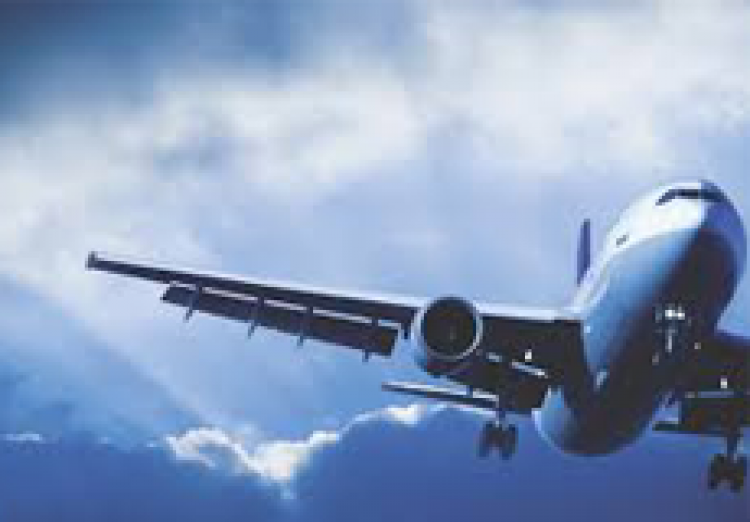Aerospace: Technology advances enhancing risk management

The aerospace industry has failed to keep up with improvements in tracking technology, as the search for Malaysia Airline’s flight MH370 dramatically illustrates. The industry is finally starting to respond, with significant implications for safety, risk management and claims handling. Peter Elson of JLT explains.
For decades, after every major airline disaster we have relied on the ‘black box’ flight recorder – now usually a high-visibility orange in colour – to tell us what went wrong and why. The search for the black box of Malaysia Airline’s flight MH370 has been a major news story over the past six months. But, even if it were found, it is far from clear that the recorder will tell all about the plane’s disappearance.
MH370 highlights the fact that the industry has been slow to adopt existing technology to track aircraft. Satellite companies can already provide a broad range of data at relatively little cost. And now, with live streaming from aircraft to ground control, there is no reason why people on the ground shouldn’t be at least as well informed as the pilot.
So why hasn’t it happened, you may ask? Good question. The fact is that any aircraft can be tracked using its onboard transponder. But these can be turned off – as seems to have been the case on flight MH370. There has been pressure to make transponders tamper-proof but this initially met some resistance from pilots and other groups until the AirFrance incident in June 2009 brought the issue back into public debate.
Now, at last, I believe things are about to change. There is a co-ordinated effort to improve tracking technology with moves from several safety bodies including the European Aviation Safety Agency to mandate the incorporation of suitable satellite-based tracking technology by 2018 in the EU.
The first part of the new system will involve Automatic Dependent Surveillance – Broadcast (ADS–B) whereby an aircraft determines its position via satellite navigation and periodically broadcasts it. All the latest Airbus and Boeing planes have ADS–B capability and the rest will have to retrofit. Some 70 satellites are going up to facilitate this.
There is also consensus on a common standard and on enhancing existing features, such as ACARS – the digital system for transmitting short messages between aircraft and ground stations (used for position fixes for MH370). That means better access to the sort of data that will help predict a failure.
Other safety advances in the pipeline include the use of nanotechnology in more metals and polymers to improve structural integrity. Artificial intelligence will also contribute more to risk management with more sophisticated machines changing the way crews operate.
From an insurance point of view, these developments will give us evidence of what went wrong at an early stage, which could cut down legal costs dramatically. The impact on the claims process from better performance and maintenance management will also be significant. If ingestions, for instance, can be identified more easily with better data, the role of adjusters will be greatly simplified.
Better technology and more information will speed up claim settlements. But most importantly, it will make air travel even more safe and secure.
Peter Elson is chief operating officer, aerospace, at JLT.
